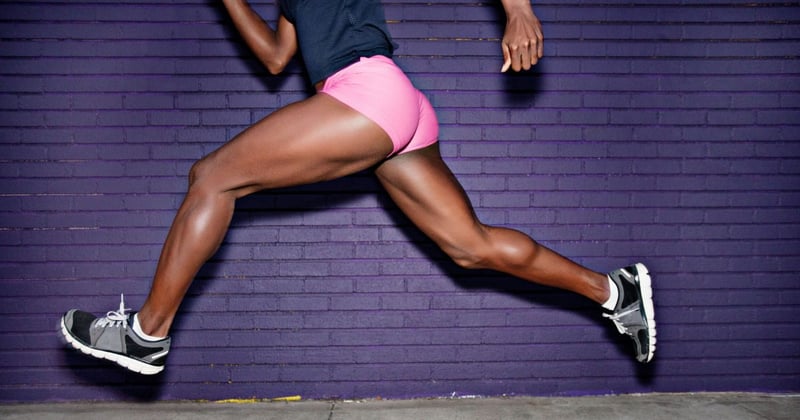
One of the more frequent questions we get from athletes is, “which leg is stronger?” Because you kick a soccer ball with your right leg, are you right leg dominant? How about if you bat left-handed? So much of this answer has to do with repetition: how often you perform the specific skill, and from which side or direction. However, another factor determining your lateral dominance could be predetermined by your nervous system.
Lateral Dominance can be defined as the preferred use and better performance of one side of the body as compared to the other side. Amongst others, a study out of Ishikawa University in Japan discussed several previous studies on laterality, as well as their own findings that compared preferential leg use in a variety of movements. Previous research indicated that 73.8% of subjects used the left leg as the final foot before a jump takeoff because they felt more stable on this leg. However, this study found subjects equally chose to use the right leg or left leg in balancing and jump takeoffs. Most importantly, this research found most subjects use the right leg for more skillful movements, such as hopping through a ladder.
So the majority of studies support that your left leg is the side of choice for strength or balancing needs, whether it be the plant foot before kicking, the takeoff foot for jumping, or the front leg of a baseball swing to stop rotation. Just reflect on how many more soccer players prefer to kick right-footed or baseball players choose to hit right-handed.
Since this left leg is used for stability, the right leg supports more fine motor coordination, such as providing the right “touch” when striking a soccer ball. While the biggest role in the development of this lateral dominance is repetition, other major reasons are not fully agreed upon. Perhaps the most likely theory is that the left cerebral hemisphere, or left half of the brain, controls the right side of the body. This left hemisphere is generally dominant, giving the right side of the body better neuromuscular control. We often think of movement purely in terms of muscles and joints (muscular), but the body is a system and movement is driven by the brain (neuro).
There is no dominant leg, just preferred sequences and feet for your specific sport’s movements. However, each leg and foot needs to be used in any training environment, to improve performance and reduce injury. By working your dominant leg more, you’ll enhance your preferred side in sport or perhaps your only side if you’re a baseball pitcher who always drives from the same leg. However, providing a stimulus to the other leg, such as single leg plyometrics (see below), can prevent any imbalances fostered from repetitive unilateral movements of your sport.
Schofield, Jonathon S et al. “Leg dominance may not be a predictor of asymmetry in peak joint moments and ground reaction forces during sit-to-stand movements.” Journal of applied biomechanics vol. 30,1 (2014): 179-83. doi:10.1123/jab.2013-0108
Muehlbauer, Thomas et al. “One-leg standing performance and muscle activity: are there limb differences?.” Journal of applied biomechanics vol. 30,3 (2014): 407-14. doi:10.1123/jab.2013-0230